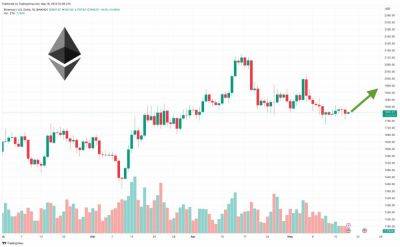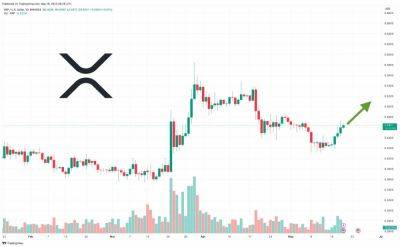Liquid staking tokens to fuel the next DeFi boom
The decentralized finance (DeFi) space has been in correction mode, its current TVL of $50 billion representing less than a third of its peak in late 2021. The good news is that the market is preparing for another wave of DeFi adoption, primarily thanks to liquid staking tokens (LSTs), which have become the second-largest DeFi sector after decentralized exchanges (DEXs).
LSTs revolve around the Ethereum ecosystem, enabling Ether (ETH) stakers to benefit from yield farming opportunities while their ETH tokens are locked to maintain the network that recently upgraded to a proof-of-stake (PoS) consensus mechanism. Liquid staking protocols provide users with LSTs in exchange for their locked ETH based on a 1:1 ratio to let them explore DeFi use cases during the staking process. Some protocols call these substitute tokens “liquid staking derivatives” (LSDs), but LST is a more accurate term since it represents ownership of staked ETH.
Following the Shanghai upgrade (also called Shapella), more ETH is expected to be staked, which will stimulate the liquid staking sector and boost DeFi. We may see another DeFi boom similar to that of 2020 when Compound and its native token COMP made waves to trigger the DeFi summer. This time, LSTs have the chance to become the face of DeFi instead of DEXs and lending protocols.
Shanghai is a major Ethereum upgrade that allows stakers to withdraw their staked tokens for the first time since the Beacon Chain was integrated at the end of 2020. It is estimated that about 1.1 million ETH tokens have become instantly withdrawable. While some of it will likely be sold through exchanges, a great part of it might be used for staking purposes again, and this time, liquid staking protocols will be flooded.
Wi
Read more on cointelegraph.com














